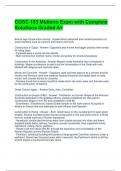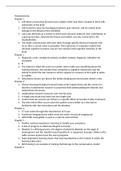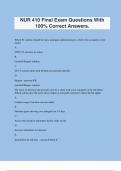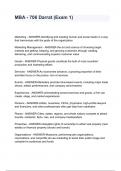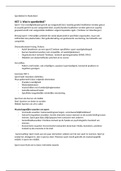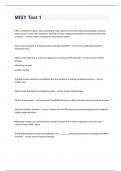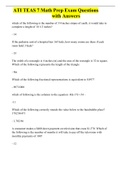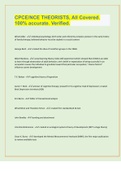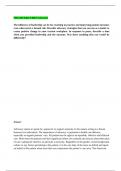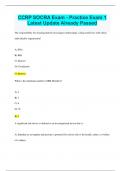Exam (elaborations)
COSC 153 Midterm Exam with Complete Solutions Graded A+
- Course
- Institution
COSC 153 Midterm Exam with Complete Solutions Graded A+ Bronze Age Construction Homes - Answer-More advanced and involved precision cut wood members such as columns and beams and roofs Construction in Egypt - Answer-- Egyptians best known and bigger projects were tombs for ruling class. - ...
[Show more]
